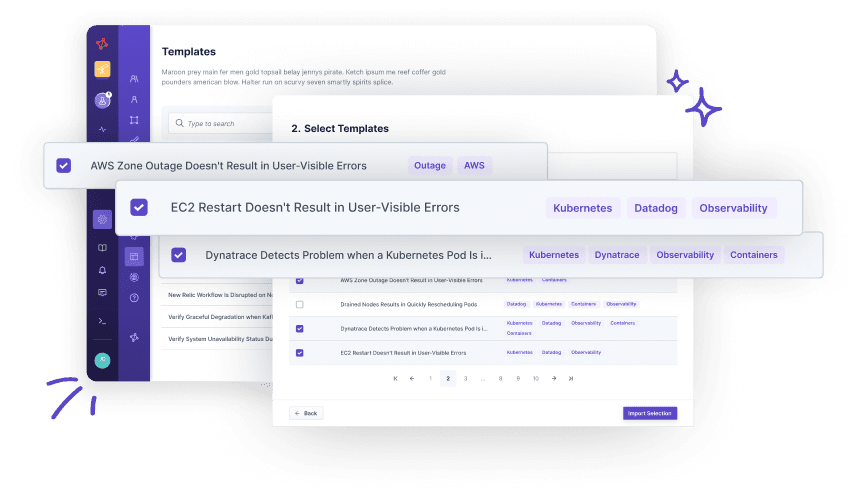Kubernetes Deployment Survives Redis Latency
Kubernetes Deployment Survives Redis Latency
Kubernetes Deployment Survives Redis Latency
Kubernetes Deployment Survives Redis Latency
Verify that your application handles an increased latency in a Redis cache properly, allowing for increased processing time while maintaining throughput.
Motivation
Latency issues in Redis can lead to degraded system performance, longer response times, and potentially lost or delayed data. By testing your system's resilience to Redis latency, you can ensure that it can handle increased processing time and maintain its throughput during increased latency. Additionally, you can identify any potential bottlenecks or inefficiencies in your system and take appropriate measures to optimize its performance and reliability.
Structure
We will verify that a load-balanced user-facing endpoint fully works while having all pods ready. As soon as we simulate Redis latency, we expect the system to maintain its throughput and indicate unavailability appropriately. We can introduce delays in Redis operations to simulate latency. The experiment aims to ensure that your system can handle increased processing time and maintain its throughput during increased latency. The performance should return to normal after the latency has ended.
How to use this template?
Import via Hub Connection
Steadybit’s Reliability Hub is already connected to your platform. If you are an admin, you can just easily import templates with just one click.
Are you on-prem?
This is how you import Templates

